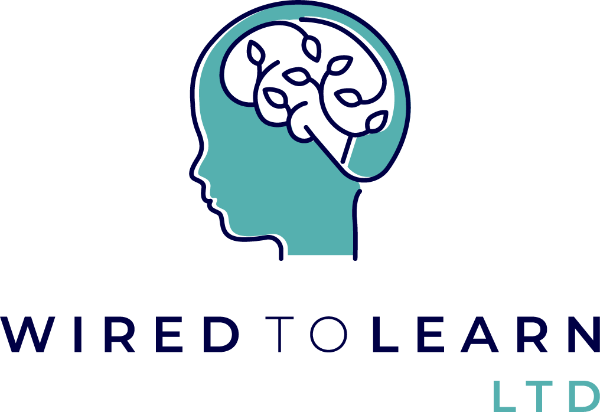ATNR: Asymmetrical Tonic Neck Reflex (ATNR)
Asymmetrical Tonic Neck Reflex (ATNR) develop in utero and aids in the birthing process. It also relates to the early development of hand-eye coordination. When a baby’s head is turned to one side the arm and leg on that side will extend and straighten while the opposite arm and leg will bend. It usually integrates by around 6 months old and if it lingers longer than this can cause various difficulties.
Children with a retained ATNR will struggles with activities that involve crossing the midline of the body such as reaching for or interacting with objects on the opposite side. These children frequently skipped the crawling stage and bum shuffled or even moved straight to walking. They will find hand-eye coordination difficult and also coordinating movements of the arms and legs. They can struggle with both fine and gross motor skills and often have poor balance. Visual tracking difficulties are common and this can have a significant impact on reading, writing and other visual tasks.
As you can imagine, these kinds of difficulties can make school very challenging and exhausting. It can have a negative impact on achievement and self esteem therefore identifying and addressing a retained ATNR is essential to allow children to reach their potential. We can help! We offer a free initial consultation and then can provide targeted therapeutic exercises to help to integrate the reflex and support your child’s overall development.
